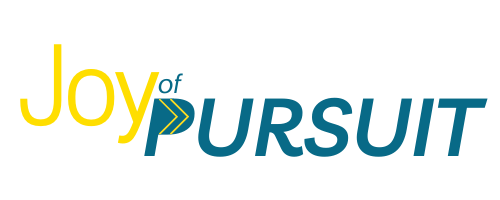Seamless Offboarding: The Essentials of an Effective Exit Process
Employee turnover is an inevitable part of any organization. People leave for various reasons, including career advancement, personal growth, or changes in life circumstances. However, how you handle an employee's exit can significantly impact your company's reputation and the experiences of both departing and remaining staff. Just as you created a carefully detailed plan for onboarding, the same needs to be made for an employee exit. As we share in the last book of The Team Solution Series: The Exit Process, to ensure a smooth transition and maintain a positive company culture, it's essential to have a well-defined exit process in place prior to employee departures. Below, we'll outline the tools and items you need to prepare in advance as part of your exit process—allowing for a smoother employee exit. (These tools are available for free download in The Exit Process Toolbox here.)
Employee Exit Checklist
Create a comprehensive checklist that covers all the tasks and processes that need to be completed by HR and/or other departments when an employee leaves. This checklist should include items such as scheduling and conducting exit interviews, updating company records and directories, collecting company property, and removing access to company systems. Having this checklist in place will prevent missing key items as the employee leaves.
Communication Plan
Proper communication is critical during an employee exit and will benefit your remaining employees, the exiting employee, your clients and vendors, and your company culture. Develop an Exit Communication Plan template to be used for all exits. This will ensure the news of an employee’s exit is communicated to those who need to know it, in the proper order, and correctly worded. Discuss the Exit Communication Plan with the exiting employee. The plan will include who you will tell and when, what the communication process will be, and what you intend to say.
Transition Plan
Create a Transition Plan that covers the who, what, when, where, and how of employee transitions to ensure a smooth shift in responsibilities. Having this template ready to use during an employee exit will prompt you to slow down and think through all the components of their job. For more in-depth information about creating a Transition Plan, watch the replay of our recent workshop: Cut the Chaos of Employee Exits.
Exit Survey
Never miss an opportunity to obtain feedback. Develop a standard exit survey to be used during all employee offboarding. In The Exit Process, we provide an Exit ScoreCARD template to assist your company in creating an exit survey tailored to your needs. Read more here about turning the results of the surveys into opportunities for growth.
Exit Interview Agenda and Questions
Identify who in your company will conduct exit interviews. Write exit interview questions that will gather insightful information from the exiting employee. We recommend you cover the following topics:
Communication
Culture
Client perception
Employee recognition
Exit/offboarding process
Process improvements
By having a well-structured exit process developed and ready to be implemented, you can minimize disruptions, protect your company assets (including your team), and ensure a smooth transition for both the departing employee and the rest of your company. This approach not only maintains a positive company culture but also strengthens your reputation as an employer who values and respects its employees, even when they choose to move on.
Ready to learn more about optimizing your exit process?
Download The Exit Process Toolbox.
Get a copy of The Exit Process: How to Professionally Part Ways.
Dive into The HR Course for Small Businesses.
Welcome to Joy of Pursuit!
Pursuing your small business goals can be challenging.
Whether you are a company of one or have a team, I can assist you with building the small business of your dreams.





